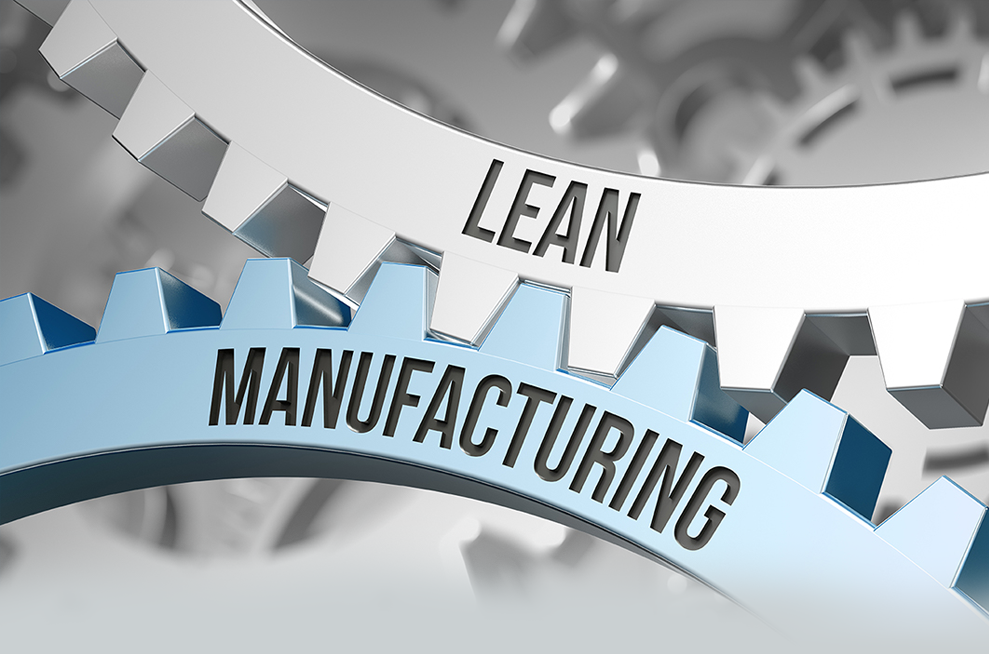Lean manufacturing is a production process that focuses on maximizing productivity while also minimizing waste in operations. There are a host of benefits associated with it, including reduced lead times, decreased costs, and improved quality. But what’s the process of implementing Lean Manufacturing? Tim Lackey, Director of Business Process and Improvement for PCI Group, provided insights on the company’s adoption of the methodology in this episode of Ask the Experts.
“The first lesson is that it’s hard. It seems simple, but there is a lot to do and many pieces. So, just start,” Tim explained.
PCI Group started with the 5S’s. Then we went to standard work and leader standard work to a visual factory. That’s where the layout is such that you can visualize the flow of material and steps,” Tim said.
The five pillars of Lean Manufacturing, derived from Japanese terms, are sort (organize), set in order (orderliness), shine (cleanliness), standardize, and sustain (discipline). With these practices in place, operations become much more streamlined and consistent.
Another critical element of implementing Lean Manufacturing is accountability. “The process holds operators, leads, and managers accountable. They communicate goals, and they are tracked. Putting those numbers up on a whiteboard makes them matter because everyone knows they are being measured,” Tim added.
By using Lean Manufacturing, PCI Group is able to enhance operations to boost accuracy while reducing costs for its customers in the transactional mail space.


